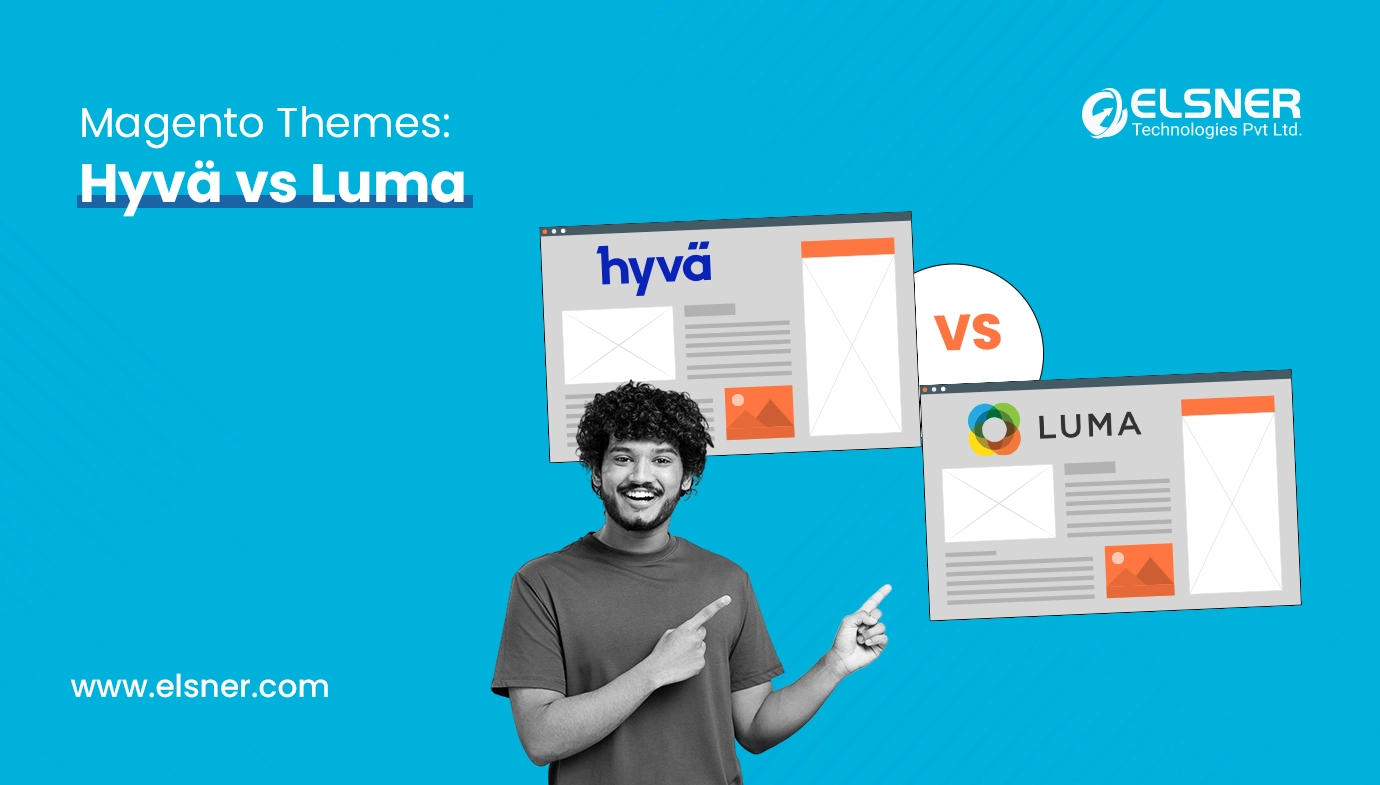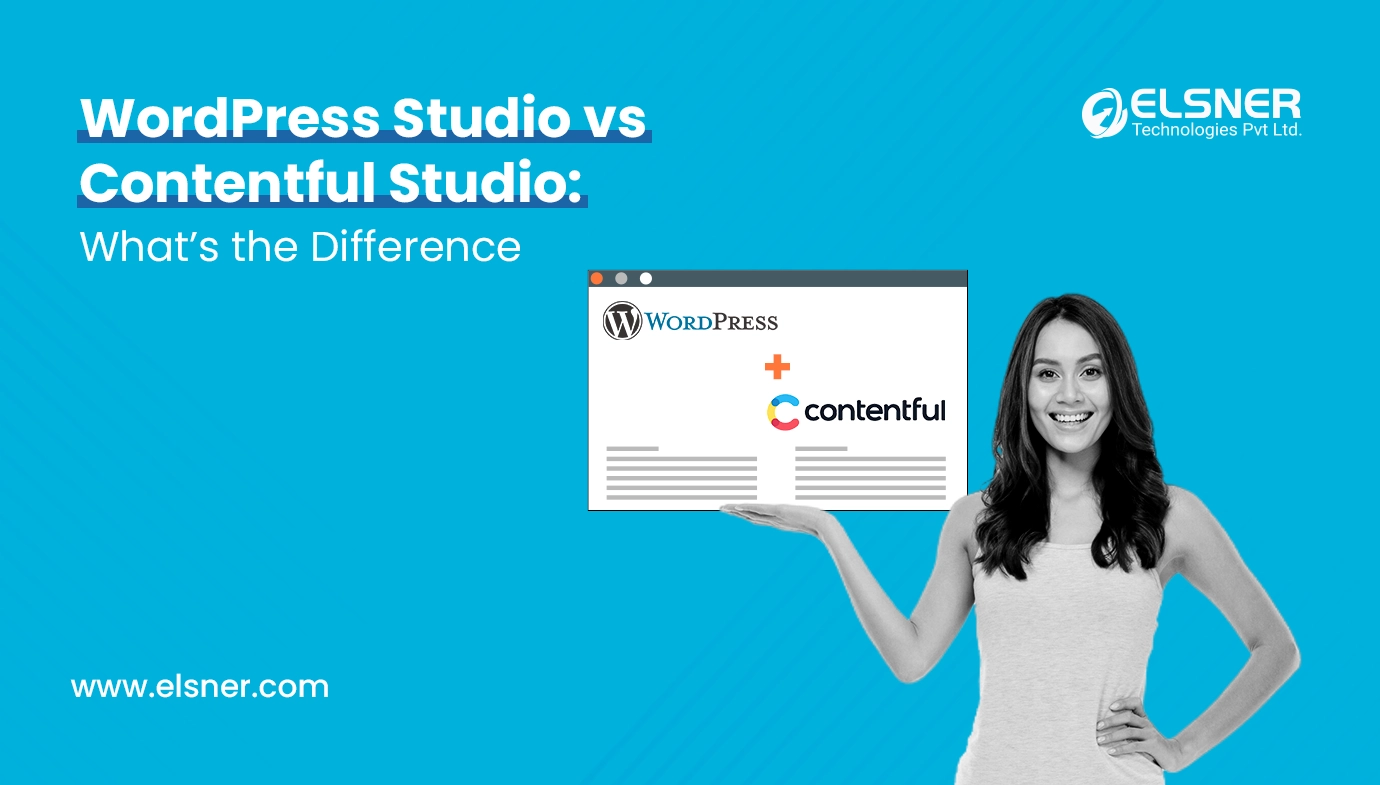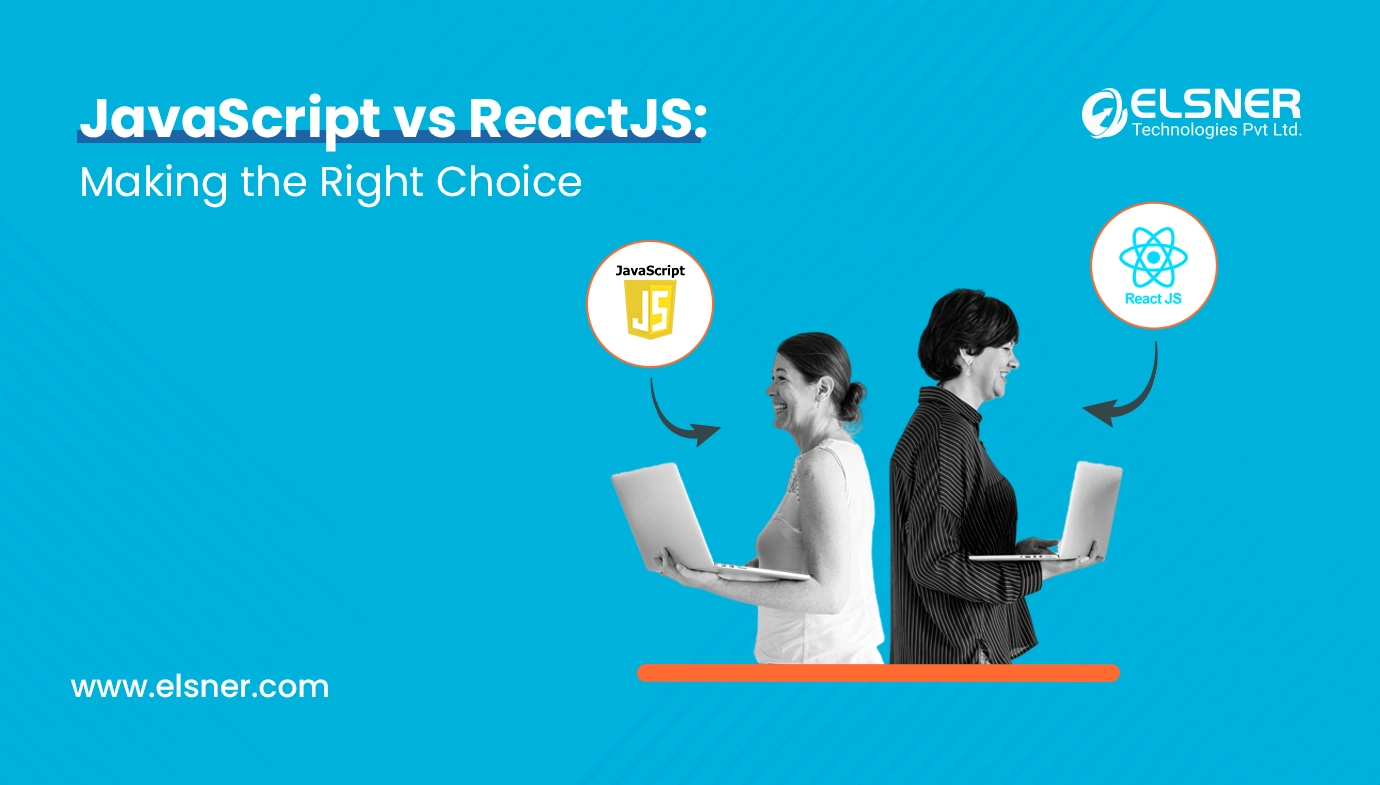- What is Magento Luma Theme?
- Luma Theme Pros
- What is the Hyvä Theme?
- Hyvä Theme Pros
- Hyvä vs. Luma: Comparison Table
- What are the Key Differences between these Themes?
- Technology Stack
- Developer-Friendliness
- Customization Capabilities
- Performance
- Pricing and Licensing
- Extension Support
- ROI
- When to Choose Hyva vs Luma?
- Concluding Thoughts
Are you looking to optimize your Magento store’s performance and enhance user experience, but unsure whether to go with Hyvä or Luma? If yes, you are at the right place! In this detailed post, we will dive deep into the Hyvä vs. Luma debate to help you determine which theme is the best fit for your store.
While Hyvä has quickly gained traction among Magento developers for its performance and customization capabilities, Luma remains a solid choice for those seeking simplicity and cost-effectiveness. When confused between these themes and unable to figure out anything, you should learn about the distinctions before you get in touch with a professional Hyva themes developer. So, now, let’s dig into further details:
What is Magento Luma Theme?
Luma is a pre-installed theme in Magento 2 that has out of the box availability. It allows you to go live quickly with minimal setup and customization.
Luma Theme Pros
- Easy Setup: User-friendly navigation and quick launch capabilities.
- Standard Design: Tried and tested with best ecommerce practices.
- Basic SEO: Covers essential SEO features for beginners.
- Free: No upfront costs.
- Magento Support & Updates: Ensures stability and security with official updates.
Luma is ideal for small online stores and those new to e-commerce and Magento.
What is the Hyvä Theme?
Hyvä is a third-party theme that is developed by HYVA.io. This theme typically focuses on performance and frontend ease of use. Despite being relatively new, it has quickly gained popularity among Magento users. To learn further, you can get in touch with an agency that is dedicated to offering cutting-edge Hyva theme development services.
Hyvä Theme Pros
- Performance-Focused: Lightweight and fast front end.
- Modern Technologies: Built on Tailwind CSS, Alpine.js, and Magewire.
- Modular Approach: Simplifies maintenance and updates.
- Pre-Built Components: Speeds up development.
- Headless Architecture: Offers flexibility and scalability.
To leverage these benefits to the fullest, all that you need is to hire a reliable Hyva developer.
Hyvä vs. Luma: Comparison Table
Let’s have a look at the comparison table that summarizes the key differences between Hyvä and Luma in the following section. Make sure to read this thoroughly before you opt for Magento Hyva theme development services:
|
Feature |
Hyvä |
Luma |
| Architecture | Modular, allows easy customization and support | Standard, traditional Magento frontend architecture |
| Design and UI | Fully customizable | Standardized look |
| Technology Stack | Modern (Alpine.js, Tailwind CSS, Magewire) | Traditional (JQuery, RequireJS) |
| Performance | Faster loading times, better SEO, superior performance metrics | Slower, requires extensive optimization |
| Setup | Requires setup and customization | Easy, quick setup |
| SEO | Advanced SEO capabilities | Basic SEO features |
| Developer-Friendliness | Developer-centric, saves time with pre-built components | Complex for novice developers |
| Customization | Streamlined with pre-built components, easier and faster | Possible but complex and time-consuming |
| Extension Support | Growing, but not as extensive yet | Extensive, compatible with most Magento extensions |
| Price | €1,000 one-time license fee | Free |
| Target Audience | Scalable, high-load multi-stores | Small businesses, beginners |
| ROI | Higher due to reduced development time and costs, better customer experience | May incur hidden costs, lower long-term flexibility |
| Maintenance and Updates | Simplified with modular approach | Supported by Magento, requires more effort |
| Long-term Costs | Lower due to easier scalability and maintenance | Higher due to complexity in scaling and customizing |
| Customer Experience | Enhanced by performance optimization | Adequate, but can be hindered by slower performance |
What are the Key Differences between these Themes?
Now that we have explained both themes, let’s dive into how Hyvä and Luma actually differ and what you can do with Hyvä that is not possible with Luma theme Magento 2:
Technology Stack

Luma relies on conventional Magento frontend technologies along with heavy libraries such as JQuery and RequireJS, which can slow down site loading speeds. This performance issue becomes critical whenever a page contains a number of modules.
In contrast, Hyvä employs modern technologies such as React.js, AlpineJS and TailwindCSS, which enable effective rendering of web pages and data fetching. Thus, it results in better-performing websites. To uncover further details, all that you need is to reach out to an agency who offers the best Hyva theme development solutions.
Developer-Friendliness

Luma strictly adheres to Magento’s standard frontend development practices, which can be complex for especially the novice developers. Customizing a Magento store and developing new features with Luma often requires extensive research.
Hyvä, on the other hand, is designed by developers for developers. This theme is widely employed by frontend developers due to its modern technology and pre-built components. It allows quick assembly of the front end and saves developers time and effort.
Customization Capabilities

While customization is possible with Luma, it can be complex and time-consuming, especially for more sophisticated needs.
On the other hand, Magento 2 Hyva theme is known for providing a more streamlined approach to design, feature, and layout customization. Its modular architecture and pre-built components make frontend development easier and faster. Although similar customization is possible with Luma, it demands significantly more time and effort.
Performance

Implementing the Hyvä theme in your store leads to improved performance metrics, enhancing overall store performance and user experience, including:
- Faster First Contentful Paint or FCP
- Lower page load times
- Faster Time to Interactive or TTI
- Swifter initial page rendering
- Reduced size of JavaScript, CSS, and image files
- Fewer HTTP requests
Luma is often regarded as a “heavy” theme, and optimizing its performance is a complex task. This makes Hyvä a preferred choice for those prioritizing speed and performance in their Magento integrations.
Pricing and Licensing

The Hyvä theme requires a one-time license purchase of €1,000, which entails complete access to the Hyvä Themes code via Private Packagist and Gitlab, as well as Huva UI and future updates.
Luma, as the default Magento theme, is completely free to use. If you have a Magento store, whether it is the open-source version or Magento Commerce (formerly Enterprise edition), you already have access to Luma.
Extension Support

Magento stores are known for frequently leveraging extra extensions and integrations for addition of the needed functionalities or tailoring existing ones. Extension compatibility and support are areas where Luma currently has an advantage. Also, Luma’s traditional Magento architecture ensures compatibility with most Magento extensions by default.
On the contrary, Hyvä’s extension support is currently limited but is expanding as more extension providers are working towards compatibility. Many of the leading Magento custom development service agencies also focus on offering dedicated services for Hyvä theme development and customization. You can hire Magento developer in order to get the best aid.
ROI

When considering the licensing cost of a theme, you, as a store owner, should essentially evaluate its impact on overall costs, efficiency and revenue. Although Luma is free, its support typically involves many other factors which lead to hidden costs. So, in this aspect, Hyvä ultimately prevails:
- Lower Development Time: Hyvä is known for shortening development time, which again leads to reduced store development and optimization costs.
- Better Customer Experience: Hyvä allows more effective performance optimization than Luma, which is known to be “heavy.” Slow loading times, poor responsiveness, and suboptimal device optimization can drive customers away, leading to profit losses.
- Lower Long-term Costs: Scaling your store, adding features, or tweaking its design can be challenging with Luma. On the other hand, Hyvä is designed for quick scalability which requires minimal support effort due to its modular architecture. This facilitates working on standalone components without impacting the overall store logic.
You should make sure to opt for the best custom Magento web development services in order to leverage this benefit to the fullest.
When to Choose Hyva vs Luma?
|
Scenario |
Choose Hyvä |
Choose Luma |
| Performance Prioritization | If you need a high-performing, fast-loading website | If performance is not your top priority |
| Technology Preference | If you prefer modern technologies like React.js, TailwindCSS, and AlpineJS | If you are comfortable with traditional technologies like JQuery and RequireJS |
| Developer Experience | If your developers seek a more streamlined, developer-friendly environment with pre-built components | If your developers are experienced with Magento’s standard frontend practices |
| Customization Needs | If you require extensive customization and a modular architecture | If you need basic customization and can work with standard features |
| Extension Compatibility | If you are okay with the currently limited extension support that is growing | If you need extensive compatibility with existing Magento extensions |
| SEO Requirements | If you want advanced SEO capabilities and faster content rendering | If basic SEO features suffice for your store |
| Project Scale | If you are running a scalable, high-load multi-store | If you are managing a small business or just starting out |
| Budget for Theme | If you can invest in a one-time €1,000 license fee for better long-term ROI | If you prefer a free theme to minimize upfront costs |
| Time to Market | If you can afford a longer setup time for a more optimized and scalable solution | If you need a quick setup and minimal customization to go live fast |
| Long-term Maintenance | If you want lower long-term maintenance costs and easier scalability | If you are okay with potentially higher maintenance efforts |
| Customer Experience | If you aim for a superior customer experience with optimized performance and responsiveness | If a standard, stable customer experience is sufficient |
| Magento Familiarity | If you are familiar with modern Magento development practices | If you are new to Magento and prefer the default, supported theme |
Concluding Thoughts
Choosing between Hyvä and Luma ultimately depends on your specific needs and priorities. While the Hyvä theme offers superior performance, advanced customization options, and long-term ROI, the Magento Luma theme provides a quick, low-cost solution ideal for beginners and small businesses. For those looking to hire Magento developers to optimize their store, Hyvä is the go-to choice for achieving faster loading times, better SEO, and a more streamlined developer experience.
In most scenarios, Hyvä’s advantages make it the preferred option, but Luma remains a viable choice for specific cases. Need expert advice or want to enhance your store with Hyvä? Reach out to a reputed agency today to leverage the benefits of custom Magento web development and power your store with the best Magento 2 Hyva theme!

About Author
Dipak Patil - Delivery Head & Partner Manager
Dipak is known for his ability to seamlessly manage and deliver top-notch projects. With a strong emphasis on quality and customer satisfaction, he has built a reputation for fostering strong client relationships. His leadership and dedication have been instrumental in guiding teams towards success, ensuring timely and effective delivery of services.




